Maybe The Last Heart Attack

Each year over one million Americans experience a heart attack, about one every thirty seconds. CNN produced a program recently about this that has everyone talking: “Dr. Sanjay Gupta Reports: The Last Heart Attack.” (http://sanjayguptamd.blogs.cnn.com/2011/08/29/sanjay-gupta-reports-the-last-heart-attack/) (watch the entire program while it’s archived here)
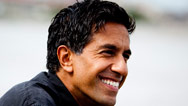 Dr. Sanjay Gupta
Dr. Sanjay Gupta
Following the odyssey of former President Bill Clinton and two more every-day Americans, Dr. Gupta introduces us to the work of Dr. Arthur Agatston (http://www.southbeachdiet.com/sbd/publicsite/about-dr-agatston.aspx) whose method of screening for coronary calcium is considered one of the best predictors of heart disease. We’re also exposed to the work of Dr. Dean Ornish (http://www.pmri.org/) and Dr. Caldwell B. Esselstyn (http://www.heartattackproof.com/) whose diet and lifestyle-based programs have shown recognized medical effectiveness at preventing and even reversing heart disease.
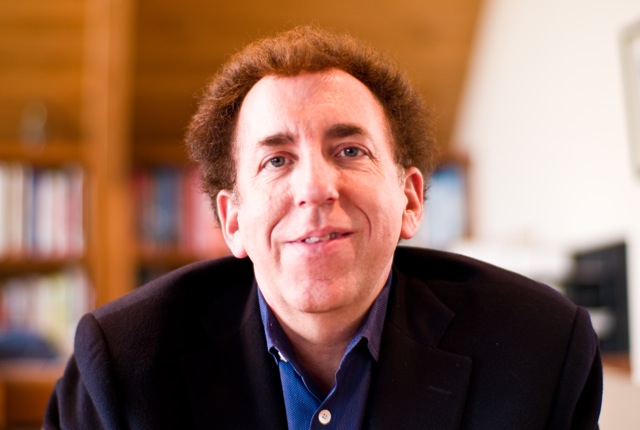 Cardiologist Dean Ornish
Cardiologist Dean Ornish
"Heart disease could be as rare as Malaria in our country if we put into practice what we already know," says Ornish. Gupta asks "Could we see the last heart attack in America?" The program brings us excellent information about what we need to do, but hangs on the gigantic "if" in the middle of Ornish's statement.
What we know is that medical check ups using the best testing methods available must be combined with successful lifestyle improvement. We know the formula. "Although people with a family history of heart disease are at higher risk, you can take steps to dramatically reduce your risk. Create an action plan to keep your heart healthy by tackling these to-dos: get active; control cholesterol; eat better; manage blood pressure; maintain a healthy weight; control blood sugar; and stop smoking." The American Heart Association. (http://www.heart.org/HEARTORG/) What they are recommending, is all about behavioral change.
The work of Dean Ornish has been widely accepted as medically legitimate for years, yet always qualified by mentioning that the probability of Americans adopting the lifestyle recommended is remote. Becoming a complete vegetarian, exercising regularly, practicing stress management skills and increasing social and emotional support is a tall order to say the least. Yet it works!Gupta's report is telling us that change is possible, now we have to discover how.
 Here are some suggestions for the behavioral side of preventing that potential heart attack.
Here are some suggestions for the behavioral side of preventing that potential heart attack.
1. Know about your current state of health, in detail. Don't put off that check-up or blood-work, make a commitment to yourself to get it done.
2. Envision what you want your health to be like.
3. Ask yourself, "What has to change in my life for me to live that vision?" This creates a solid foundation for you to create the plan that you will follow to make your vision a reality.
4. Develop a wellness plan that has a series of small steps. Small steps overtime lead to large lifestyle changes.
5. Gather support for your plan. Share your vision and plan with the people you know who will be positive and encouraging.
6. Track your behavior. Avoid self-deception by writing down or entering on a phone app your progress.
7. Acknowledge and celebrate every success along the way to a better life.
For the person who has already had that first heart attack all of this information and the contents of “The Last Heart Attack” are especially important. Like David Servan-Schrieber (http://www.anticancerbook.com/) says about cancer, there is a lot we can do about heart disease, and when we don’t let people know about the legitimate resources and information out there, we are giving them “false hopelessness.” Wellness and health coaches need to know about this information as they help their clients explore their way forward towards a wellness way of living. Coaches need to insist that any client they are working with on health issues be under active medical care. Lifestyle improvement is no substitute for medical treatment. Taking on the more behaviorally demanding protocols of lifestyle improvement that Ornish and Esselstyn require may be incredibly easier and more effective with an active alliance with a wellness coach.
We know that people can be successful at improving their health if they can be successful at lifestyle change. Wellness coaching may be the bridge to span the huge gap created by the word “if”.
Please add your comments!


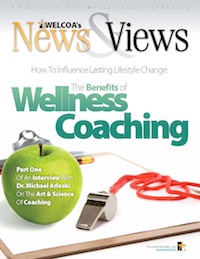
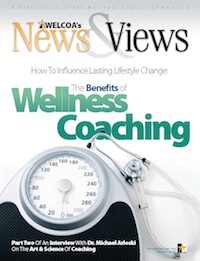

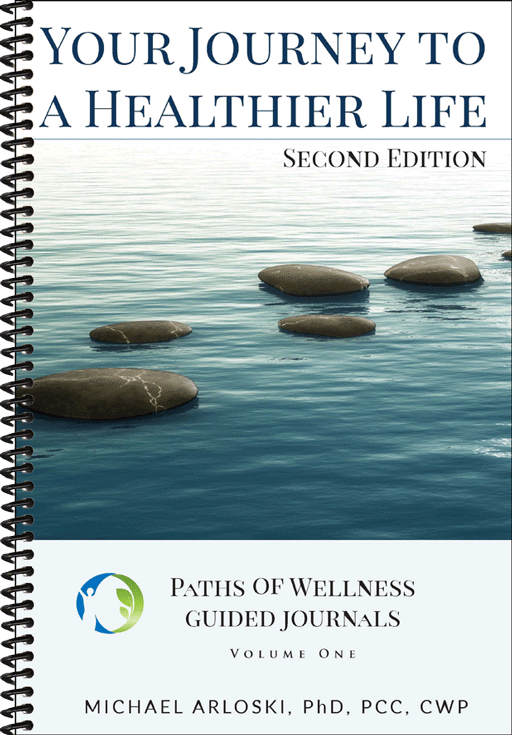
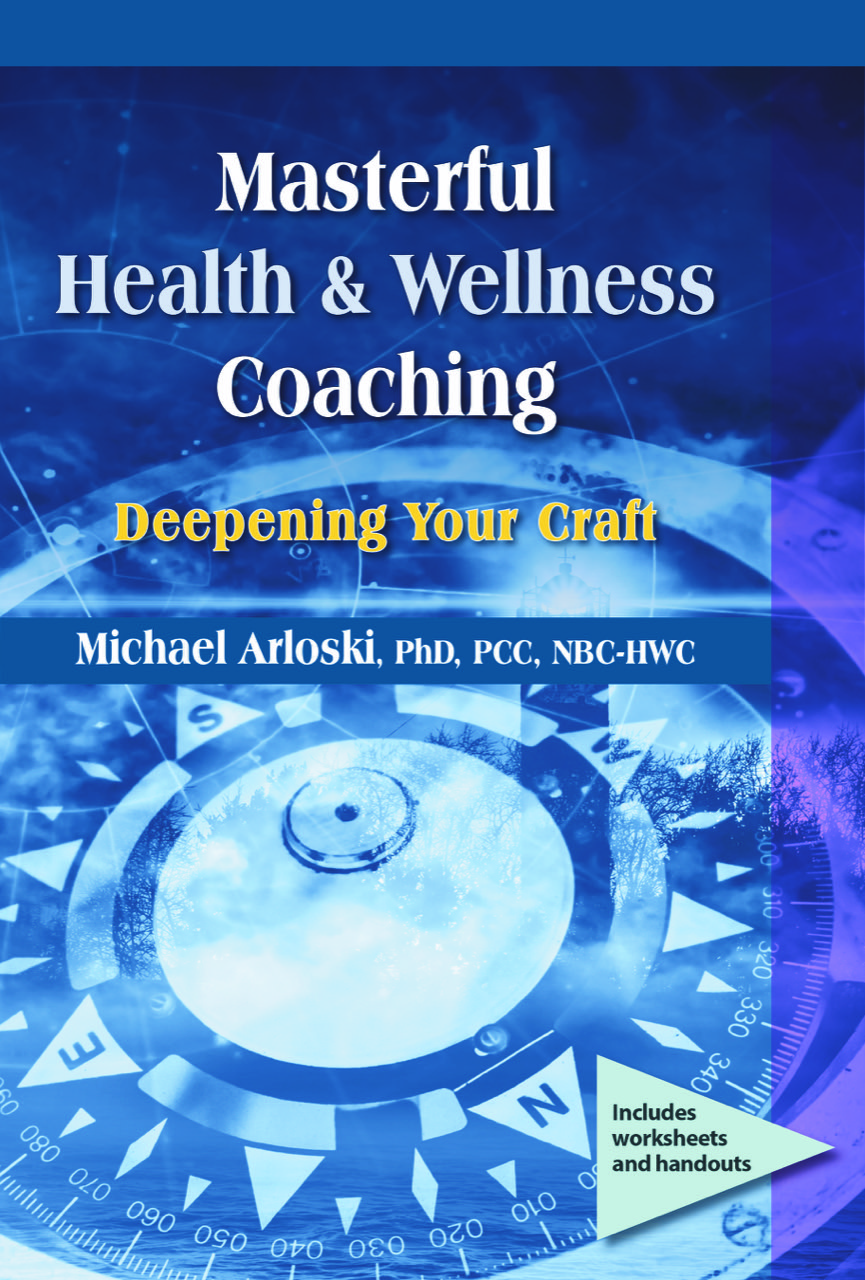

Only registered and logged in readers can leave comments.